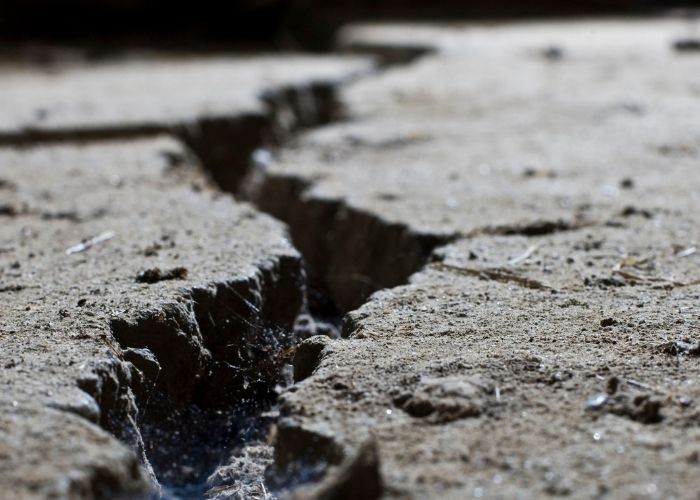CANARIES – The regional administration of the Canary Island of La Palma is on the alert because of a seismic series on the island. An emergency plan is now in place for 4 municipalities on the island.
Seismic activity on the Spanish island has increased since the summer of 2020.
Seismic series
The National Geographic Institute (IGN) has been reporting a “seismic series” on the Canary Island of La Palma since last Saturday. A seismic series is a sequence of earthquakes concentrated in the same place.
This series has generated more than 100 small quakes in recent hours. The largest of which registered a magnitude of 3.9 on the Richter scale.
More than 1,700 vibrations since Saturday on La Palma
Early on Tuesday, the IGN recorded more than a hundred small seismic movements centered on the municipality of El Paso. The Spanish newspaper El Mundo wrote earlier on Tuesday that about 1,600 seismic tremors have occurred on the island of La Palma between Saturday and Monday. The counter on the island now stands at 1,700 seismic movements since last weekend.
At 6.00 am this morning, the situation became much more serious. This resulted in several residents of the municipality of El Paso feeling a stronger quake. The earthquake measuring 3.9 on the Richter scale occurred at a depth of 9 kilometers was followed by three other quakes measuring 3.1.
Emergency plan in effect after stronger quake
After these more intense tremors, on Monday the La Palma regional government instituted the so-called Pevolca plan, the emergency plan for civil protection due to volcanic risks. therefore, since Monday, the board has been issuing a code yellow (the 2nd alert level on a scale of 4) for four municipalities on La Palma due to the increase in the number of earthquakes on the island.
What does emergency plan code yellow mean?
In the case of code yellow, the residents of the relevant municipalities are only informed and no other measures apply for the time being. The municipalities to which this emergency plan applies are Fuencaliente, Los Llanos de Aridane, El Paso, and Mazo.
The scientific committee reports that since 2017 anomalous seismic activities have been registered south of La Palma. However, these have increased since the summer of 2020. Since then, there have been no fewer than eight seismic series.
Just recently, there was a seismic series of over 2,000 earthquakes in the southern area of the Alborán Sea.


